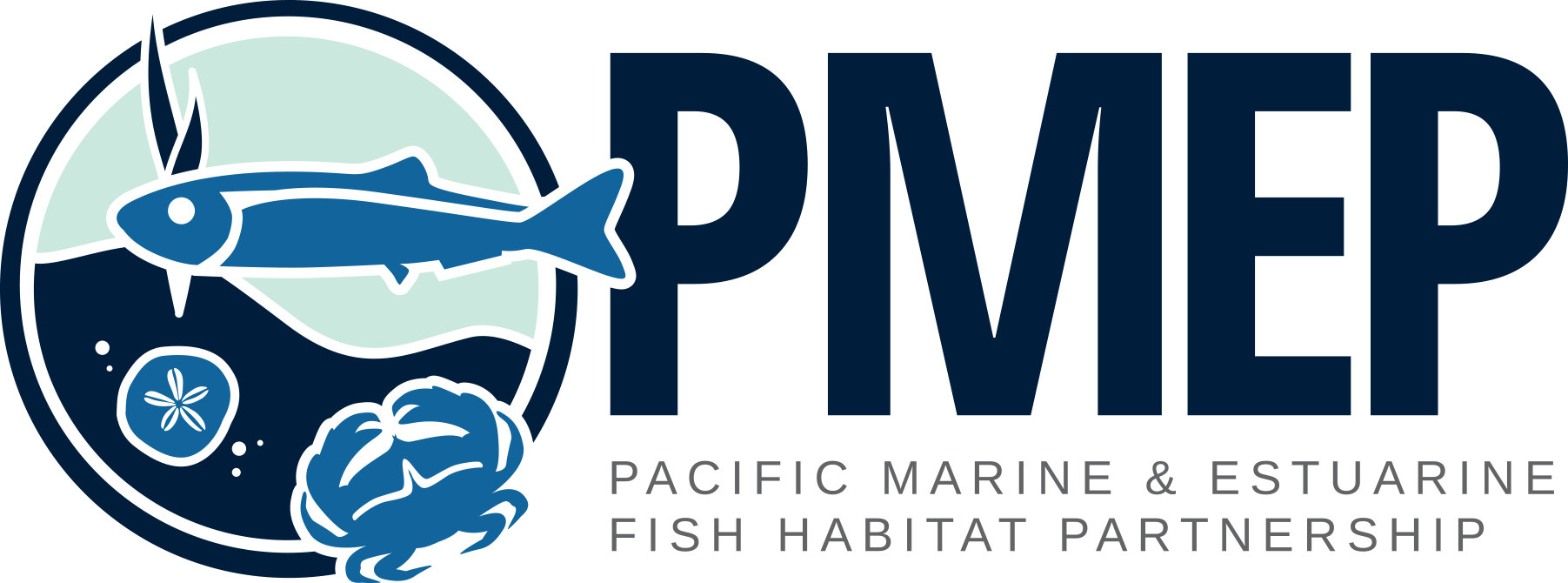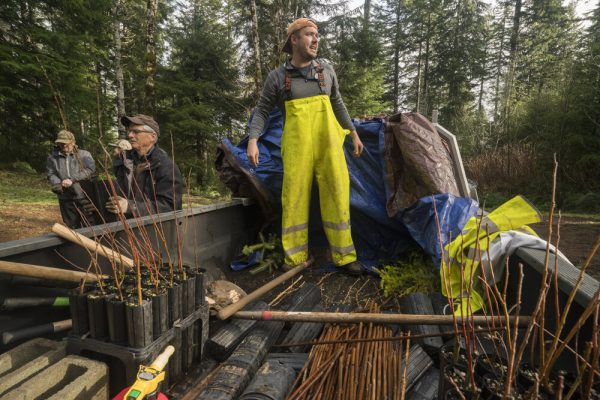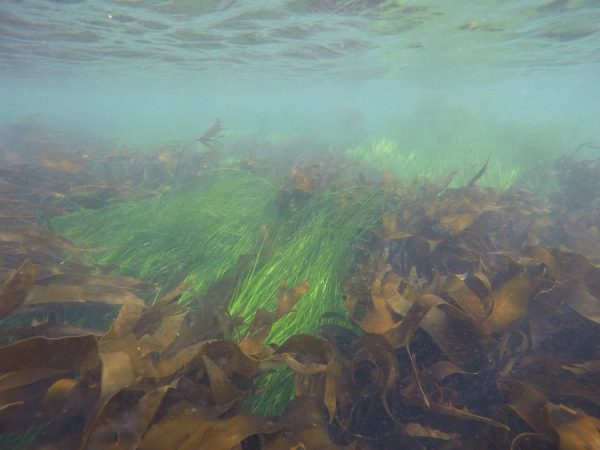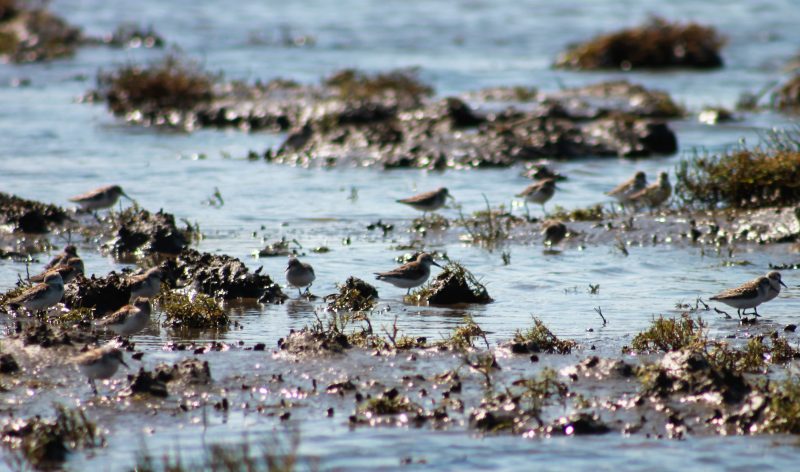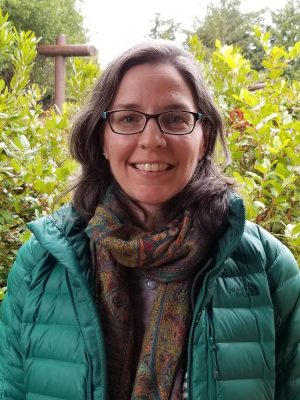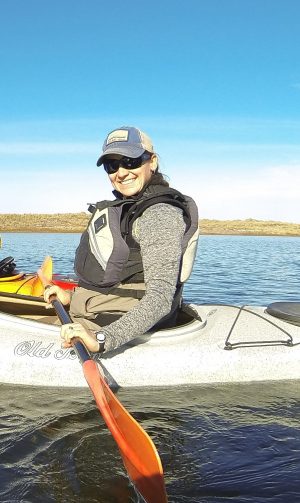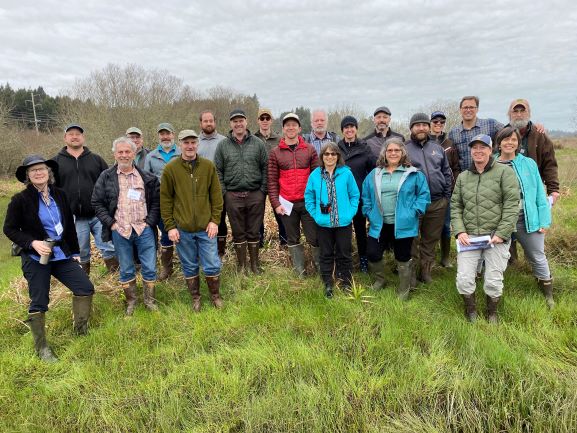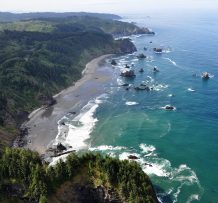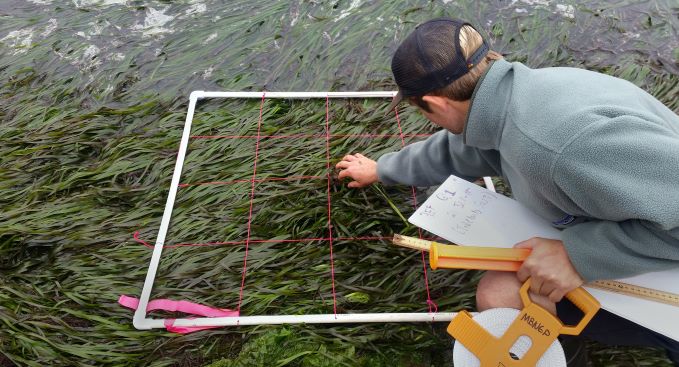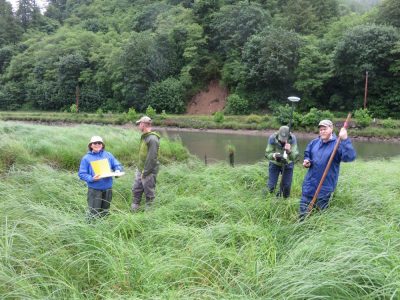Evan Hayduk, Coordinator of the MidCoast Watersheds Council, was recently awarded the prestigious American Fisheries Society Rising Star Award, which recognizes outstanding early-career contributions in fish habitat conservation. Hayduk recieved a masters degree from the Evergreen State College in 2012 and since 2016 has worked with the Watersheds Council to restore fish habitat. He has overseen several large projects such as the North Creek Culvert Replacement, which restored over 13 miles of habitat with old growth forest for Chinook, coho, sea-run cutthroat trout, steelhead, and lamprey and the Yaquina Estuary Tidal Wetland Restoration project, which is currently under construction and will enhance 20 acres of tidal marsh habitat benefiting Chinook and coho. All Hayduk’s work focuses on restoring ecological processes that sustain the clean water and diverse habitats necessary for salmon and other fish and wildlife.
The award comes with $250 prize money to be provided to a Fish Habitat Partnership of the winner’s choice. PMEP has supported the MidCoast Watershed Council’s Yaquina Estuary Tidal Wetland Restoration Project and so Hayduk chose PMEP to receive the prize money.
